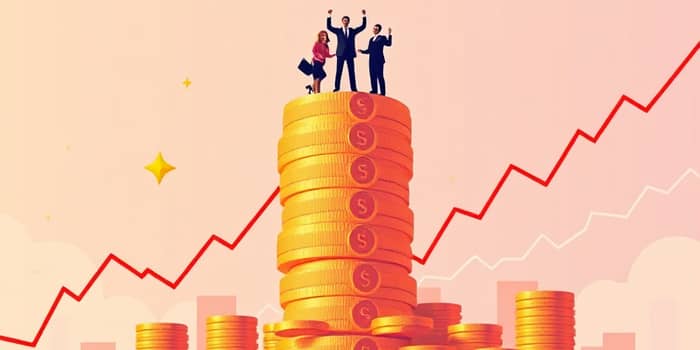
As 2025 unfolds, companies across the S&P 500 are allocating unprecedented sums to repurchase their own shares. The sheer scale of activity this year has rekindled the debate over the long-term impact of stock buybacks.
By midyear, corporations had already authorized record $750 billion authorization for buybacks, surpassing the $600 billion mark seen in prior years. This surge in activity is reshaping market dynamics and investor strategies alike.
After a sharp market correction in March, buybacks emerged as a key driver of Wall Street’s rally. Institutional investors pulled back amid volatility, but corporations and retail participants stepped in to stabilize prices.
In Q1 2025 alone, companies executed nearly $300 billion in repurchases, marking a 24% quarterly jump and a 27% rise over Q1 2024. This aggressive buying has provided major source of market liquidity even when trading volumes dipped.
Three sectors dominate buyback authorizations for 2025, reflecting both their cash-rich balance sheets and confident corporate outlooks.
Tech giants such as Apple, Meta, Alphabet, and Nvidia collectively spent $73 billion in Q1, reinforcing their role as dominant market catalysts. The so-called “Magnificent 7” technology stocks drove almost half of the S&P 500’s gains after April.
Executives cite several motivations for repurchasing shares:
With corporate profit margins at record highs and cash balances overflowing, buybacks represent a flexible allocation tool. They also mathematically boost earnings per share by reducing the share count, often translating into higher valuations.
Critics argue that buybacks amount to short-term financial engineering tactics rather than genuine investment in growth. By inflating EPS, companies can present stronger metrics without improving fundamental operations.
Supporters counter that buybacks are an efficient method to return capital when internal projects offer lower risk-adjusted returns. They maintain that shareholders benefit directly, and management retains the discretion to invest in the business when attractive opportunities arise.
Stock repurchases have experienced several peaks over the past two decades. For context:
While the raw dollar figures for S&P 500 buybacks in 2025 are unmatched, they still represent approximately 3% of total market capitalization, a ratio not unprecedented compared to past years.
For portfolio managers, buybacks serve as a powerful catalyst that can insulate share prices during downturns. However, they underscore the importance of diversification and fundamental analysis. Even with robust repurchase programs, market volatility and corrections remain possible.
Looking ahead, analysts forecast total S&P 500 buybacks could breach $1 trillion by year-end—an 11% increase from 2024’s record $900 billion. Yet, looming policy changes, especially around tax incentives and trade tariffs, may shift capital toward long-term projects such as AI and infrastructure.
As companies balance shareholder returns with strategic investments, the debate over buyback efficacy will intensify. Whether buybacks continue to propel markets or give way to reinvestment in growth initiatives will shape the financial landscape for years to come.
References













